Finding the right Chinese tuition in Singapore can be overwhelming, especially with the wide
range of options available. Whether your child needs help mastering the fundamentals,
improving their exam techniques, or developing a love for the language, choosing the right
centre can go a long way in supporting their learning journey.
The best tuition is not just about scoring well in exams. It is about fostering
long-term confidence and fluency in Chinese.
Here is a look at seven well-regarded Chinese tuition centres in Singapore, each known for
its structured and engaging curriculum.
1. Ran Laoshi Chinese Enrichment
Area(s) – Upper Thomson Road
Ran Lao Shi Chinese Enrichment is recognised for its interactive and immersive
learning approach, designed to help young learners build a strong foundation in
Mandarin. Lessons emphasise spoken fluency, character recognition, and writing,
using storytelling, songs, and hands-on activities to make learning engaging and
enjoyable.
This centre may appeal to parents looking for a nurturing yet structured Chinese
tuition programme. Its curriculum is thoughtfully developed to support both language
confidence and academic readiness, encouraging students to develop a lasting
interest in Mandarin as they advance through school.
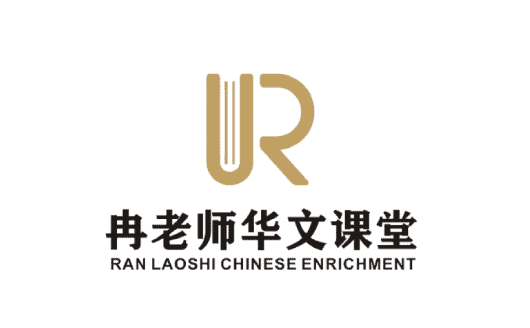
2. Berries World
Area(s) – Bishan, Bukit Timah, Outram, River Valley, Tanjong Pagar, Toa Payoh
Berries is a well-established Chinese tuition centre in Singapore, offering MOE-aligned
programmes for preschool and primary students. It adopts a blended learning model, combining
in-person lessons with online components to encourage self-directed learning and confidence
in using Chinese.
Its garden-themed learning environment creates an immersive and enjoyable experience beyond
traditional tuition. Lessons incorporate stories, rhymes, and interactive activities,
fostering social interaction and language development. Lower primary students explore
specially curated books to enhance reading skills, while upper primary students engage with
current affairs and social topics to develop critical thinking in Chinese.
3. EduGrove Mandarin Enrichment Centre
Area(s) – Ang Mo Kio, Choa Chu Kang, Marine Parade, Pasir Ris, Sengkang, Tampines, Woodleigh
EduGrove Mandarin Enrichment Centre takes a unique and interactive approach to
teaching Chinese, moving away from traditional learning methods. The centre
incorporates games, improvisational drama, and stimulating discussions to engage
students, making learning enjoyable while reinforcing commonly tested vocabulary and
exam techniques.
Programmes are available for toddlers to secondary school students, with a
curriculum that blends language acquisition with 21st-century skills, such as
critical thinking, creativity, and problem-solving. Lessons are designed to be
highly interactive, encouraging students to speak more than the teacher,
particularly during debates and discussion-based activities.
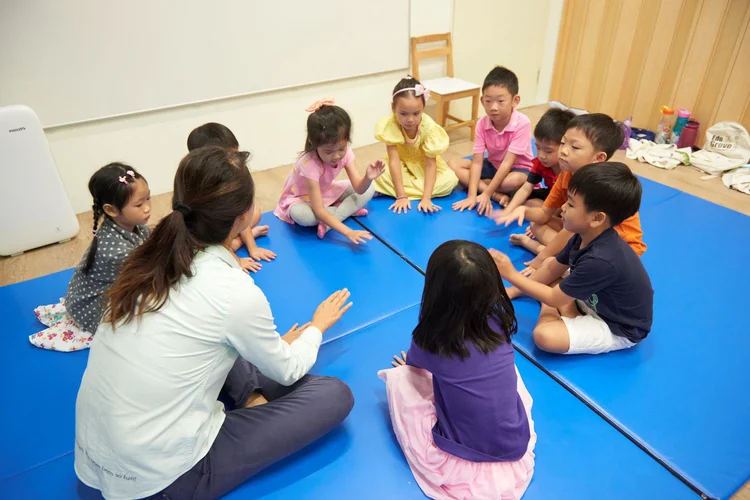
4. Hua Cheng Education Centre
Area(s) – Bukit Timah, Jurong East, Marine Parade, Punggol, Serangoon, Simei, Tampines, Tiong Bahru, Upper Thompson, Yishun
Hua Cheng Education Centre has over two decades of experience in teaching Chinese
and was founded in June 2000 by a team of NIE- and MOE-trained teachers. The centre
follows a MOE-aligned curriculum, which is updated
constantly to reflect the latest exam trends. Lessons focus on reinforcing essential
vocabulary, grammar, and comprehension skills to help students build a strong
foundation.
The centre offers Chinese enrichment programmes from preschool to secondary levels,
covering MOE school textbook topics. For primary students, the curriculum includes
regular vocabulary revision and structured exercises designed to match the latest
PSLE exam structure. Secondary-level programmes are tailored for students taking
Express and Higher Chinese, ensuring they acquire the necessary skills to excel.
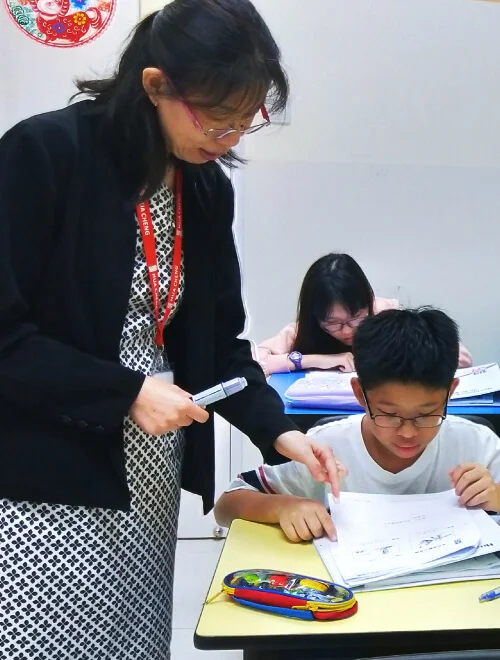
5. Tien Hsia Language School
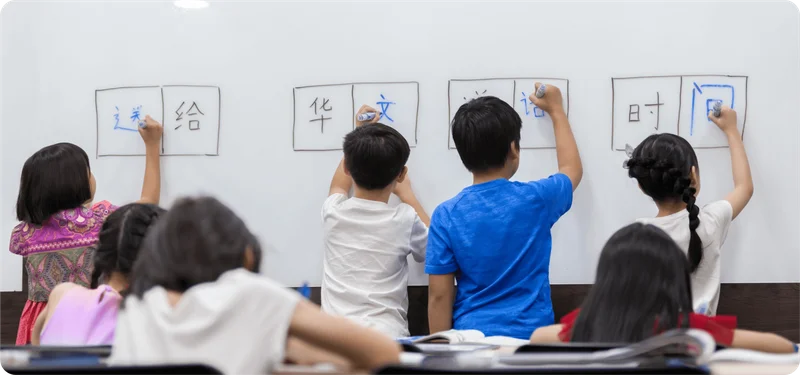
Area(s) – Ang Mo Kio, Bukit Batok, Choa Chu Kang, Hougang, Jurong West, Marine Parade, Orchard, Punggol, Sembawang, Tampines, Woodlands
Tien Hsia Language School is one of Singapore’s most established Chinese language learning
centres, with over three decades of experience since its founding in 1989. The school
follows a structured curriculum aligned with MOE’s syllabus, helping students develop
proficiency in reading, writing, speaking, and listening.
Lessons incorporate interactive and sensory-based learning, including hands-on activities,
real-world applications, and group discussions to reinforce language skills. Each level has
dedicated teachers, ensuring students receive age-appropriate instruction without
mixed-level classes. The centre also provides holiday programmes to help Primary Six
students prepare for the PSLE.
6. Beijing Language School
Area(s) – Bukit Batok, Canberra, Holland, Jurong West, Pasir Ris, Punggol, Sengkang, Tengah
Beijing Language School has been providing Chinese language education since 2005,
with a curriculum designed to support students from preschool to secondary levels.
The school focuses on progressive language development, covering fundamental areas
such as strokes, Hanyu Pinyin, vocabulary, and punctuation.
Beijing Language School offers a structured yet flexible approach to learning.
Programmes cater to students of different proficiency levels, with courses ranging
from Nursery and Kindergarten to creative writing and secondary-level Chinese.
Lessons are designed to help students gradually build fluency, ensuring they gain a
strong foundation in the language.
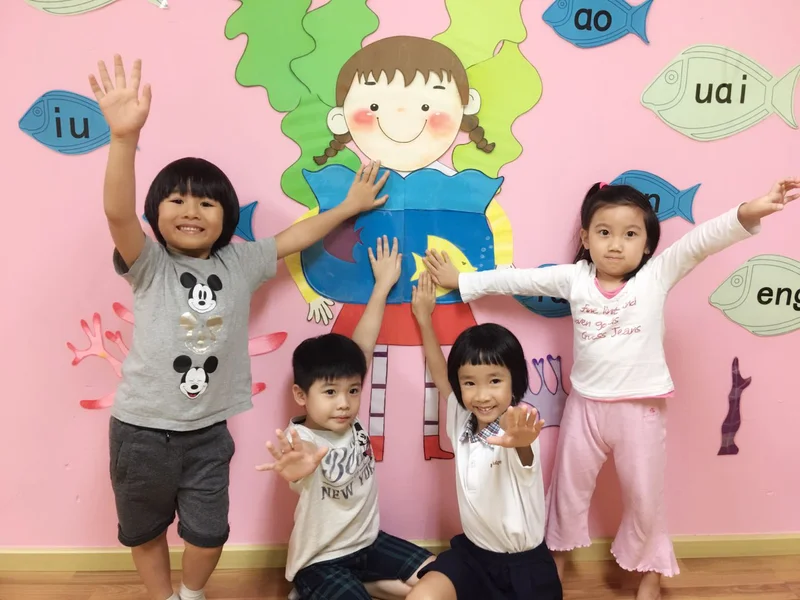
7. Hua Language Centre
Area(s) – Marine Parade, Novena, Seletar, Woodlands
Hua Language Centre has been teaching Chinese since 1992, focusing on making the
language accessible and enjoyable for students. Founded by Mr Chew, a former MOE
Specialist Inspector for the Chinese Language, the centre is known for its
structured and engaging curriculum.
The centre offers programmes for students aged 18 months to 16 years, including
Higher Chinese. Lessons incorporate interactive and fun activities alongside exam
techniques, helping students build comprehension, essay writing, and oral skills.
The curriculum is designed to improve exam performance while fostering a deeper
appreciation of the language.
It has also been recognised for its expertise in teaching both native and non-native
speakers, including conducting immersion courses for international students in
partnership with MOE.
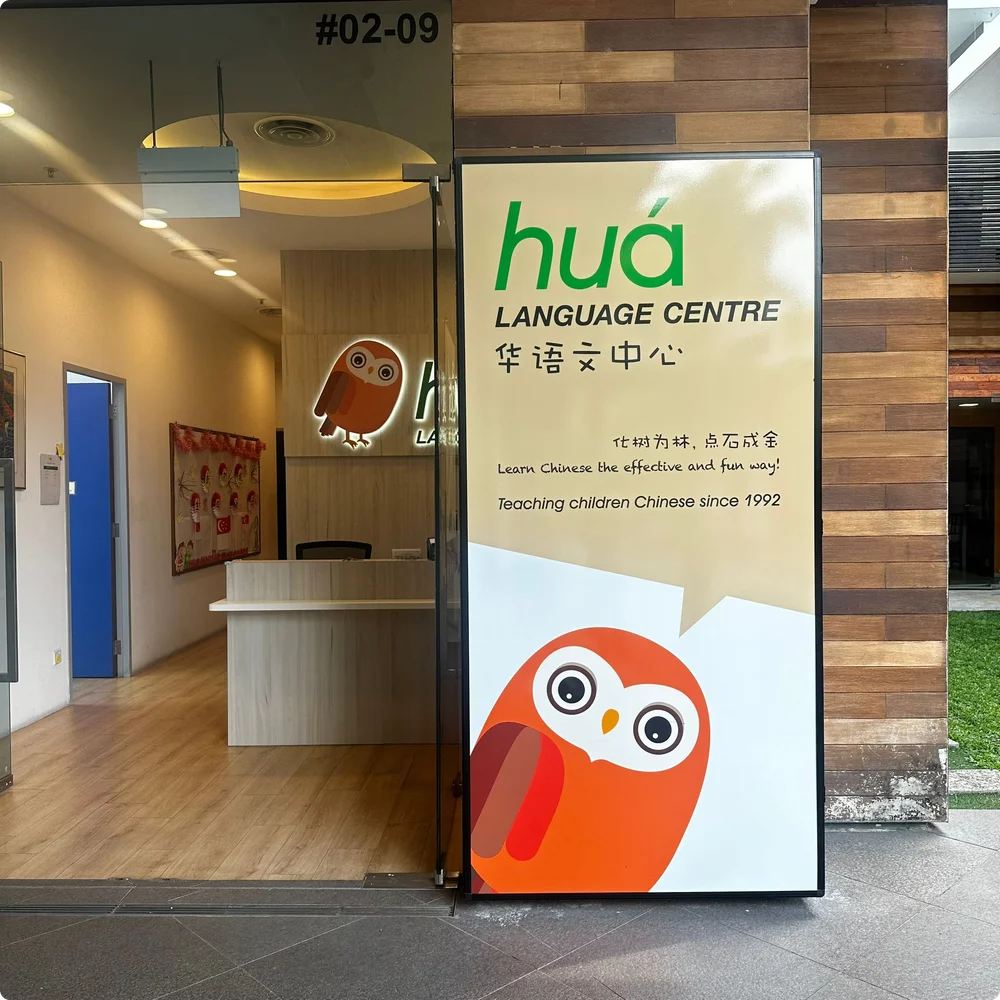
How to Choose the Right Chinese Tuition for Your Child
Selecting the right Chinese tuition centre depends on your child’s learning style, needs, and goals. Here are key factors to consider:
- Age & Proficiency Level – Younger learners may benefit from play-based learning, while older students often need structured academic programmes.
- Teaching Style – Some children prefer interactive and drama-based methods, while others thrive in traditional academic instruction.
- Class Size & Personalisation – Smaller classes offer more individual attention, while larger groups encourage peer interaction.
- Established Results – Look for a centre with a strong track record in exam performance, language proficiency, and parent satisfaction.
Each centre has unique strengths, so attending trial classes can help find the best fit for your child’s Chinese learning journey.
English and Future Success
Research shows that strong English skills go far beyond the classroom, playing a key role in
university1 and career success2. Better English proficiency is not just about grammar and
vocabulary; it provides a crucial stepping stone for achieving life goals.
At Creative Campus, we believe that nurturing strong English skills lays the groundwork for your child’s future success. Our rigorously developed in-house curriculum not only seeks to enhance language proficiency but also fosters critical thinking, creativity, and confidence. Through engaging lessons and dedicated guidance, we equip students with the tools they need to excel academically and beyond. Ready to unlock your child’s full potential? Contact us today to book a trial class and see how we can make a difference!

Frequently Asked Questions (FAQ)
There is no single best Chinese tuition centre in Singapore, as the right choice depends on a student's learning needs, goals, and preferences. Some centres focus on MOE-aligned curricula and exam preparation, while others emphasise interactive learning and language immersion. Consider factors such as teaching approach, class size, track record, and student engagement when choosing a centre that best suits your child.
The right Chinese enrichment class depends on a student’s learning style, proficiency, and goals. Classes that offer structured learning, engaging activities, and language application are often a good choice. Younger learners may benefit from play-based methods, while older students may need exam-focused techniques and critical thinking exercises. Attending a trial lesson can help determine if a class is the right fit.
Children under six years old tend to learn Chinese more easily due to their brain’s natural ability to absorb languages. Early exposure to spoken Mandarin helps with pronunciation and fluency, while structured learning from age three or four builds literacy skills. However, Chinese can be learned at any age, with older learners benefiting from structured lessons, immersion, and consistent practice. The best approach depends on the learner’s goals and commitment.
